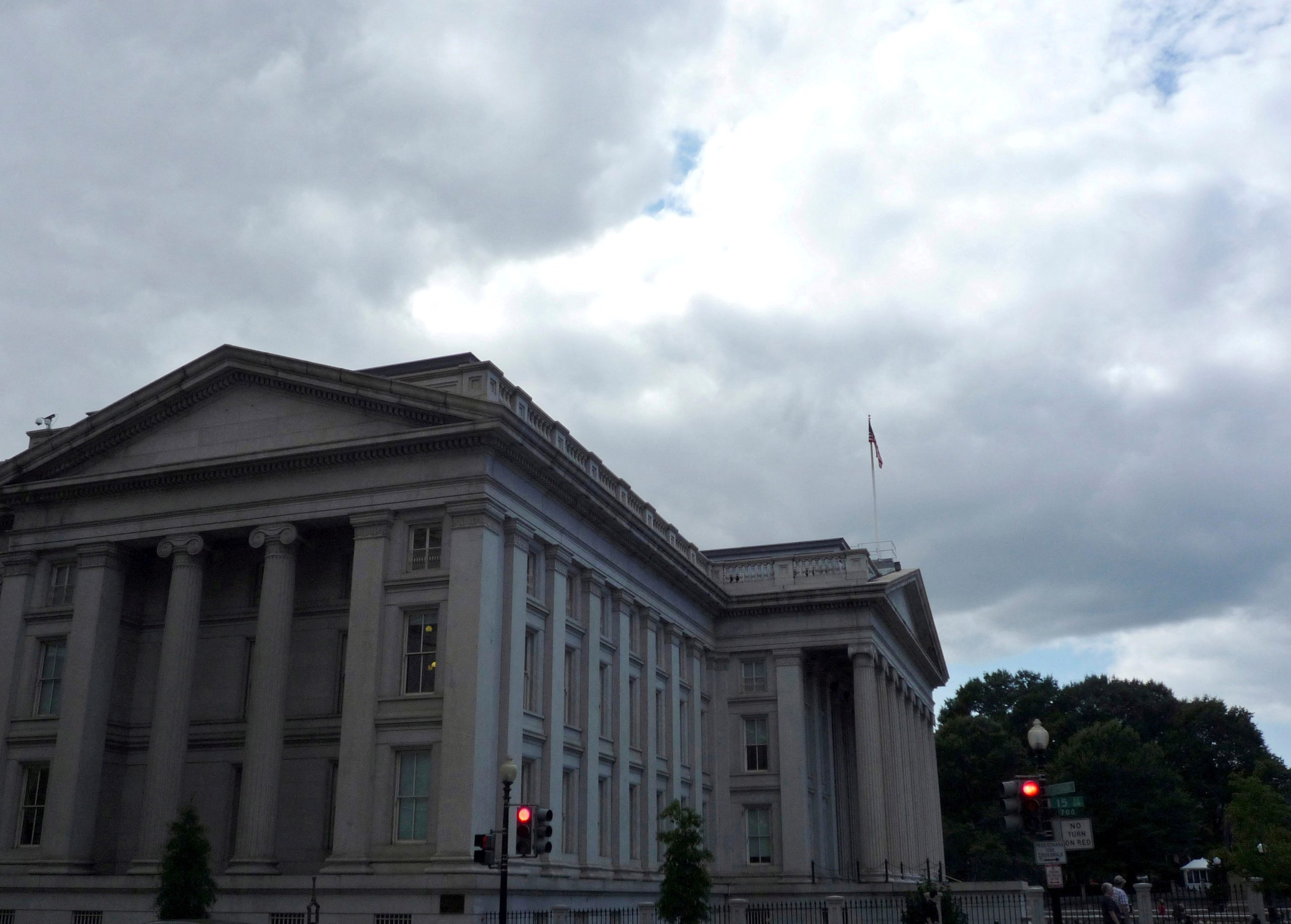
Willie R. Tubbs, FISM News
[elfsight_social_share_buttons id=”1″]
President Joe Biden suffered a major setback in his attempt to rebrand himself as a man deeply concerned about the national debt.
According to the Congressional Budget Office’s 2023-2033 economic projections, the nation’s long-term debt prognosis has increased by $6 trillion since January 2021 and is on track to leap by $20 trillion in the coming 10 years.
“What exactly did Pres. Biden do to fan the inflation flames?” Sen. John Kennedy (R-La.) tweeted. “The Congressional Budget Office says that his illegal student debt scheme, semi-conductor spending bill, and 2022’s $1.9 TRILLION budget buster are going to keep driving prices up for years to come.”
The CBO’s projections must have come as quite a surprise to Biden, who only weeks ago congratulated himself for having dropped the national debt.
“In the last two years, my administration has cut the deficit by more than $1.7 trillion — the largest deficit reduction in American history,” Biden said at the time.
Republicans, across the board, have risen to lash out at Biden and his spending policy. Even Senate Minority Leader Mitch McConnell (R-Ky.), who has drawn scorn from his party for being too chummy with Biden, aligned himself with the right.
“Last week, President Biden spent part of his State of the Union address celebrating what he seemed to think was a victory over inflation,” McConnell said on the Senate floor last week. “Yesterday, another wave of official figures confirmed what working families already knew: The President was wrong. The Democrats’ football spiking was premature. The American people are hurting badly.”
President Biden’s Inflation Just Keeps Getting Worse@LeaderMcConnell delivered the following remarks today on the Senate floor regarding inflation: https://t.co/9miU06sHPc
Video: https://t.co/3UxpJ9GJyK— Senator McConnell's Press Office (@McConnellPress) February 15, 2023
For context, the CBO’s forecast for 2023-2033 projects that the American taxpayer will be on the hook for $25.7 trillion in 2023 and $46.4 trillion in 2033.
The office also predicts the U.S. gross domestic product (GDP) will be surpassed in value by the nation’s debt in the same time frame. CBO reports that the nation’s debt is worth 98% of GDP as of today and will grow to 118.2% by 2033.
Importantly, these two numbers are not directly linked. GDP is a calculation of the economic output of the nation, virtually all of which is the product of private entities.
However, comparing the amount of debt the nation owes to the value it’s able to generate is illustrative of just how profound the national debt has become.
